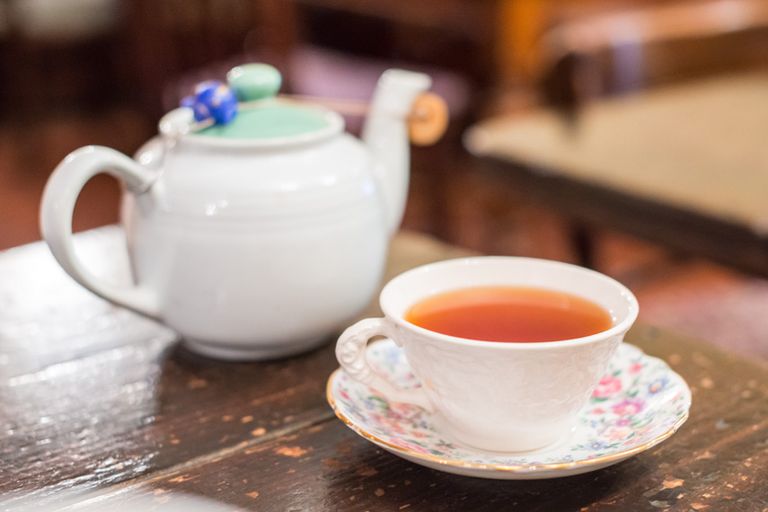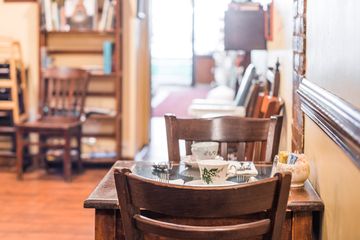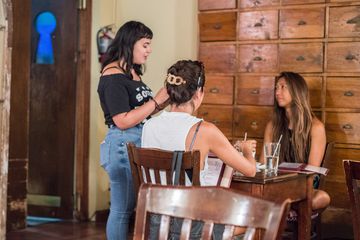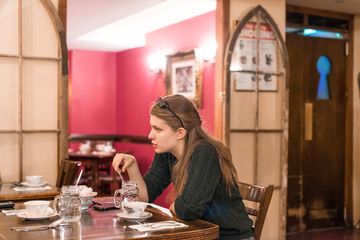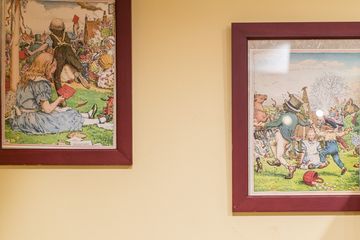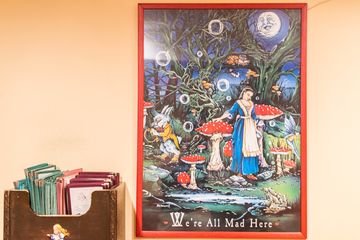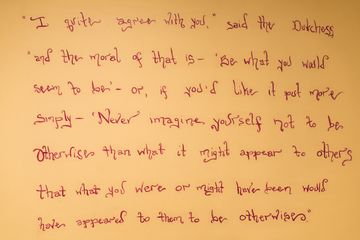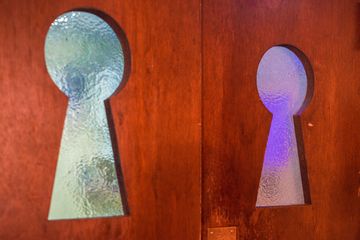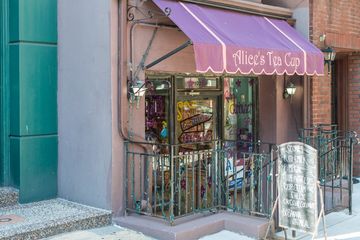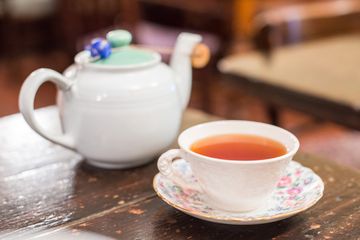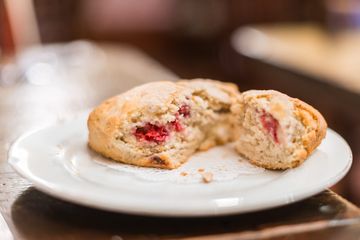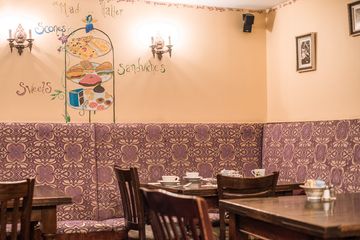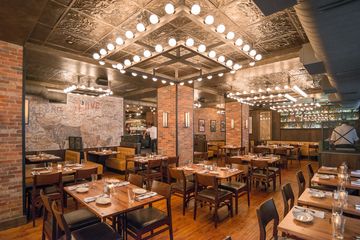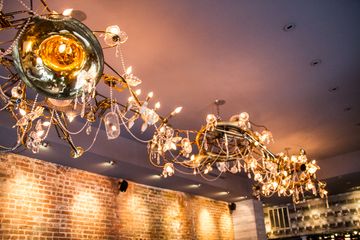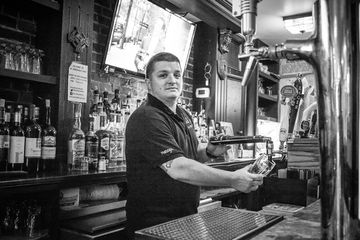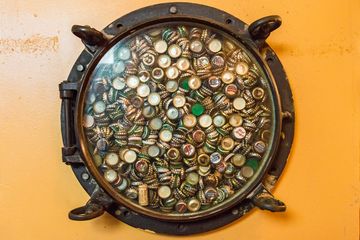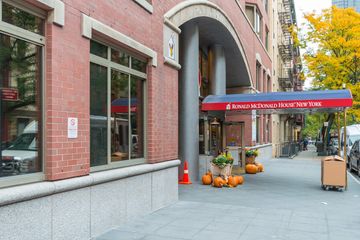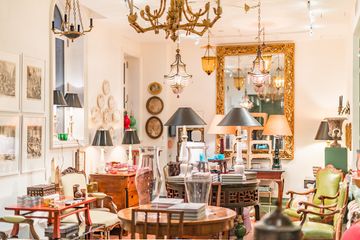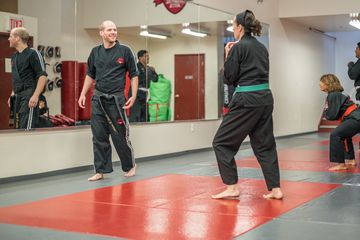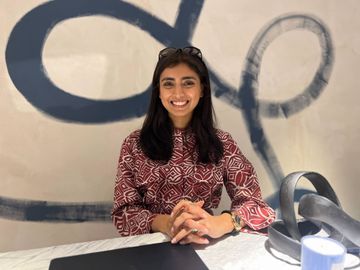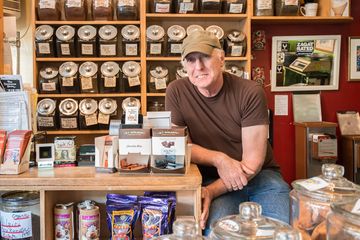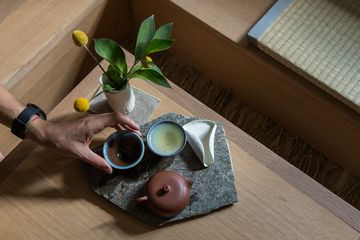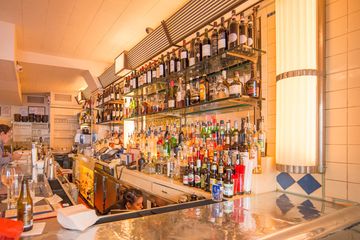Kate Rheinstein Brodsky, the creator of KRB, was immersed in the world of design and retail from a young age. Her mother, Suzanne Rheinstein, is an internationally recognized designer. Ever since Kate was a child, her mom has run Hollyhock, a Los Angeles furniture boutique. "I really loved retail, " Kate shared, telling me how she would go to Hollyhock after school and work there over summer breaks. As a teenager, she wanted to open a bookstore, but realized that this might be difficult in the digital age. As a "homebody" and frequent hostess, Kate knew that she enjoyed creating beautiful homes, both for herself and others. As she described it, "I loved the feeling of home, of having a nice place to live in. " Ultimately, her passion for retail manifested itself in a career in the design world. Upon graduating from New York University with a degree in art history, Kate worked for Jeffrey Bilhuber, the interior designer. "I love interior design... but I'm not an interior designer, " she said. Working for Jeffrey, however, she learned a lot of things that would help her later on in the world of retail. She realized the importance of customer service and doing things "correctly, in a thoughtful manner. " Following her time with Jeffrey, she worked at Elle Decor, which taught her discipline and introduced her to new looks. "I was exposed to so many different styles, " she explains. "Sometimes you don't know you like something until you see it. " Kate has maintained a good relationship with Elle Decor – they recently featured her Upper East Side apartment as part of their "House Tour, " which brought a collection of readers, impressed by her style, to Kate's boutique. When I visited KRB, I was taken by the variety of colors, as opposed to the usual browns and golds that dominate antique shops. The salesperson, Fiona, said that adding bold colors to antique pieces is one of Kate's trademarks. She showed me some traditional chairs with bright olive green seats as an example, saying, "Green's a big color for her, " before pointing out Kate's love for French opaline. Fiona went on to say that Kate could be inspired by anything. She spoke of a box of old cameos that Kate found. When Fiona inquired, "What are you going to do with those? " Kate answered matter of factly, "I don't know, but I'll figure it out. " Kate elaborated, "I like to reinterpret old things. " By this, she means both in the pieces, as with the chairs, and in the way they are used. She told me that there are many beautiful finger bowls out there that are no longer used - or at least not as finger bowls. Kate encourages customers to use them in new ways, by putting votive candles in them or a small scoop of strawberry ice cream. "I like taking things out of their original context, " she admitted. As another example, she told me about the tric trac tables, tables used to play a precursor to backgammon. The board is so similar to backgammon that the tables have been able to be repurposed. "I get very attached to furniture, " Kate admitted, likening different pieces to rescue animals. "I want them to have good homes. " She realizes, however, that people have different styles and that she may have to wait a while for the right person to come along. She added that although her mother heavily influenced her, the two women do not always see eye to eye on design. "We have our own taste, " she said. Despite their differences, the store is still inspired by her mother's extraordinary career. "I always love watching her, how she explains to people how to incorporate beauty into their life. "There is the possibility that a third generation of Rheinstein women might enter the world of design. In 2015, Kate was the proud mom of new daughter number three. "I love that my children comprehend what I do, " she told me. When they ask her where she is going, she can answer "to the store" and they know exactly where she will be. Owning the boutique means she has a flexible work schedule and can easily spend a lot of time with her children. She specifically opened on the Upper East Side to be near her family – and other families. She wanted to be in a place where people could stumble upon her and buy a housewarming present, rather than in a design-industry-heavy neighborhood. "I just hope I'm on people's path. I encourage them to come look.... browsers welcome. " As for her daughters and what they think of her boutique, Kate told me that her five-year-old recently told her teacher that when she grows up, she wants to be "a mommy and a shopkeeper. "
